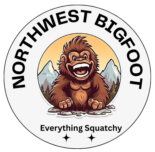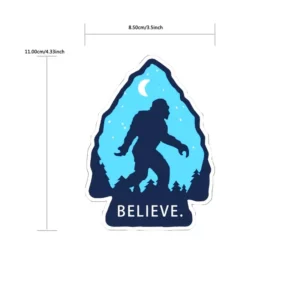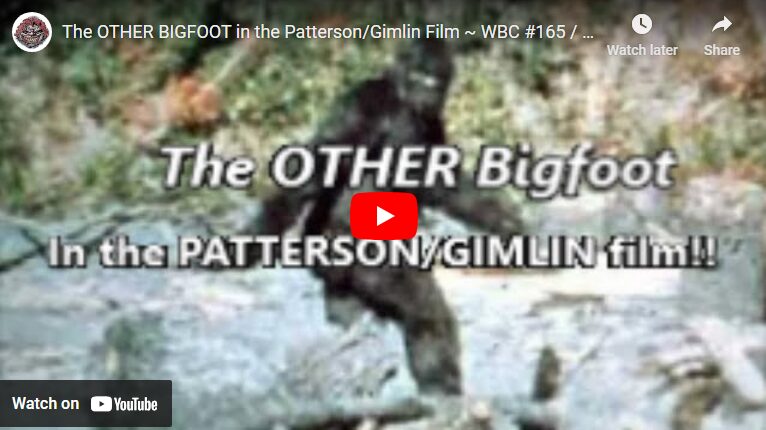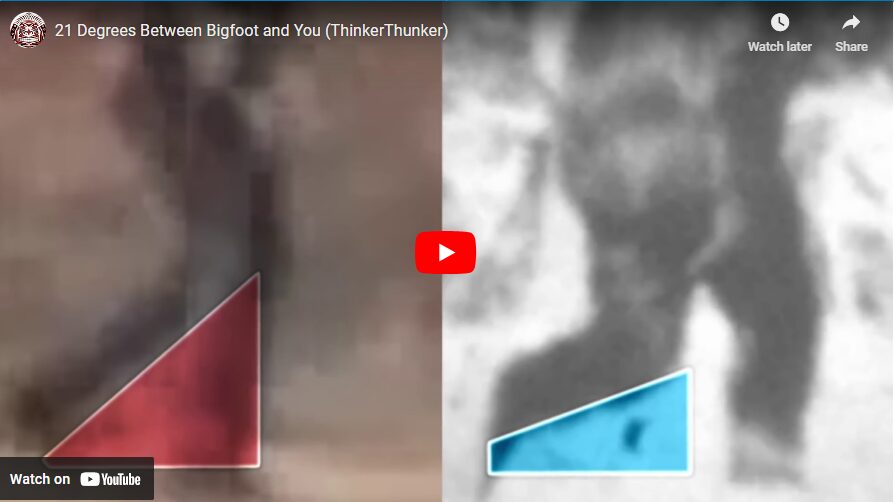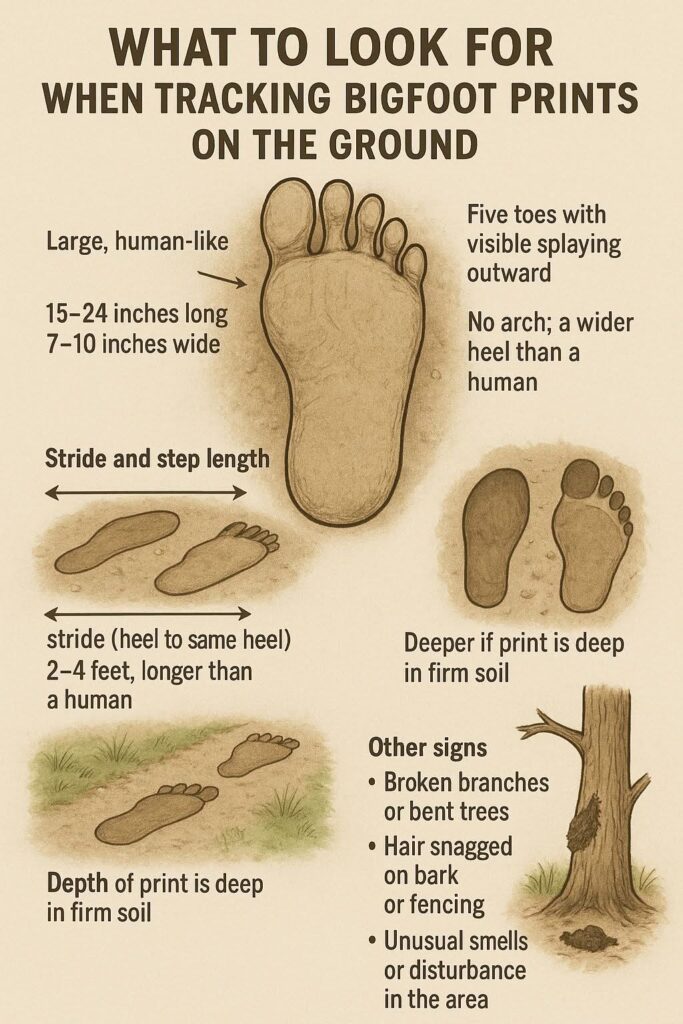
Tracking Bigfoot is a mix of patience, observation, and knowing what signs to look for. Here are some key things to focus on:
1. Footprints
Bigfoot is said to leave large, humanoid footprints, often measuring 15 to 24 inches long. Look for:
- Toe impressions: Unlike bears, Bigfoot prints typically show distinct toes.
- Stride length: A longer-than-normal stride (4 to 6 feet apart) suggests a large, bipedal creature.
- Depth and pressure: A deep imprint in soft ground indicates a heavy creature.
2. Unusual Sounds
Bigfoot is often associated with eerie vocalizations, including:
- Whoops and howls: Long, deep calls that resemble primate sounds.
- Knocking sounds: Some believe Bigfoot communicates by knocking on trees.
- Heavy footsteps: If you hear loud, rhythmic steps in the woods, it could be a sign.
3. Hair Samples
Some researchers claim to have found coarse, dark hair in areas with reported sightings. If you find hair, consider sending it for DNA analysis.
4. Disturbed Vegetation
Bigfoot is believed to move through dense forests, leaving behind:
- Broken branches: Large limbs snapped at unusual heights.
- Twisted saplings: Some claim Bigfoot marks territory by bending trees.
- Flattened grass: Signs of a large creature resting or walking through an area.
5. Scents
Some witnesses report a strong, musky odor when encountering Bigfoot. If you notice an unexplained foul smell, it could be worth investigating.
6. Known Hotspots
Bigfoot sightings are more common in remote, forested areas. The Pacific Northwest, Ohio’s Salt Fork State Park, and Florida’s Everglades are considered prime locations.
7. Game Camera Footage
Setting up motion-activated cameras in areas with reported sightings can help capture potential evidence.
What to look for when Tracking Bigfoot Footprints – Download
Footprint Tracking
Field Guide PDF & JPG
FREE Download
Here is a nice Reference Card you can use when in the field tracking a Bigfoot:
Reference Card you can use when in the field tracking a Bigfoot
Footprint Tracking
Reference Card PDF & JPG
FREE Download
Sponsored Products
Your support Helps us pay for this site and conduct Analysis Research, everything helps… besides, you get Cool Bigfoot STUFF…
